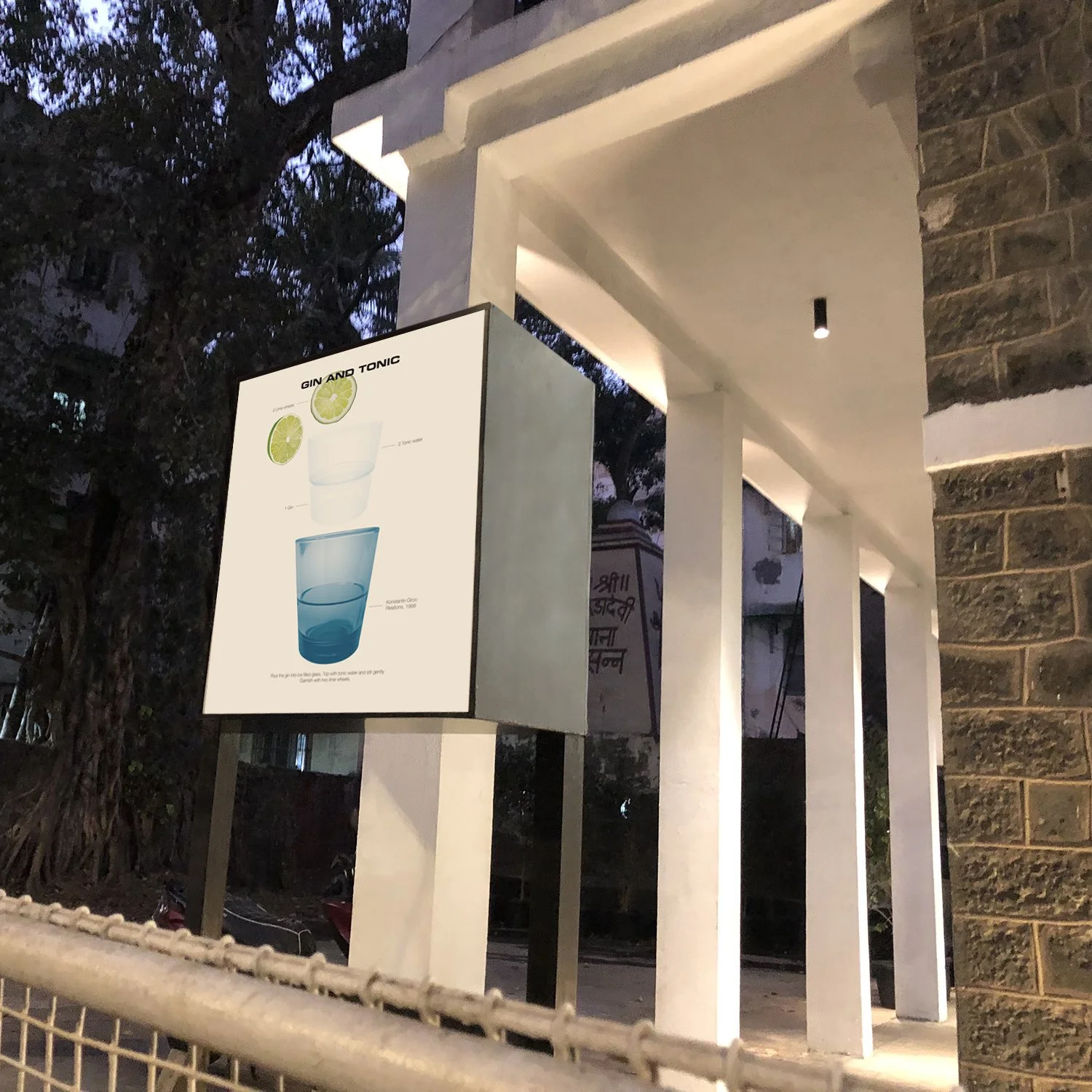Joseph Santini was a pioneer in mixology. He was born in 1804 in Corsica but moved to New Orleans in the 1830s. He started his bartending career at the then famous City Exchange where he soon showed his skills and innovations behind the bar.
Mr Santini’s is most well known creation was made during the 1850s. He called it the Brandy Crusta. This classic cocktail was either created at the City Exchange or at another bar called Jewel of the South, a bar he started in 1852. It first appeared in print in Jerry Thomas’ Bartender’s Guide from 1862. The cocktail was a departure from the much simpler cocktails of the day and so it was very well received.
A Crusta isn’t actually just one cocktail, it is a type of cocktails. Crustas always contains a spirit, lemon juice and sugar, sometimes in the form of a liqueur. In fact the name Crusta comes from the sugar rim that is supposed to be applied hours in advance to make it into a dry crust. Apart from that they are always supposed to be served in stemmed glasses with a long lemon zest spiraling around the inside of the glass.
Despite being one of the many classic cocktails created in New Orleans the Brandy Crusta was as good as forgotten until David Wondrich published the recipe in his 2007 book Imbibe! Finally the Brandy Crusta and Joseph Santini made a comeback and today the drink is almost as easy to come by as the Ramos Fizz and the Sazerac. At least in New Orleans.
Brandy Crusta
2 parts Brandy
1/4 part Orange Curaçao
1/4 part Maraschino
1/2 part Lemon juice
1/2 part Sugar syrup
1 Dash Angustura bitters
1 Lemon spiral
Wet the glass with lemon juice. Rim it with sugar and set aside. Shake the ingredients until well chilled. Place the lemon spiral inside the glas. Strain the cocktail into the prepared glass.














































































































